Homozygosity can be deveveloped by
inbreeding
out breeding
cross breeding
MOET
The correct Answer is:A
Step-by-Step Solution:
1. Understanding Homozygosity:
- Homozygosity refers to the genetic condition where an individual has two identical alleles for a particular gene. This is often associated with the development of pure lines in breeding.
2. Inbreeding:
- Inbreeding is the process of mating closely related individuals within the same breed. This typically occurs over several generations (4 to 6 generations).
- The purpose of inbreeding is to increase homozygosity, which helps in establishing pure lines. This is because mating closely related individuals tends to produce offspring that are genetically similar.
3. Evaluating Other Breeding Methods:
- Outbreeding: This involves mating unrelated individuals, which can lead to greater genetic diversity but does not promote homozygosity. Thus, it is not suitable for developing pure lines.
- Crossbreeding: This is a type of outbreeding where a superior male from one breed is mated with a superior female from another breed. This method also does not promote homozygosity and is aimed at producing hybrids with desirable traits.
- MOET (Multiple Ovulation Embryo Transfer): This technique involves hormonal treatment to induce multiple ovulations in a female, followed by fertilization and transfer of embryos to surrogate mothers. While it is beneficial for herd improvement, it does not directly lead to homozygosity.
4. Conclusion:
- The correct method for developing homozygosity is through inbreeding. This method ensures that the offspring have a higher chance of inheriting identical alleles, thus leading to the establishment of pure lines.
Final Answer:
Homozygosity can be developed by inbreeding.
---
- Homozygosity refers to the genetic condition where an individual has two identical alleles for a particular gene. This is often associated with the development of pure lines in breeding.
- Inbreeding is the process of mating closely related individuals within the same breed. This typically occurs over several generations (4 to 6 generations).
- The purpose of inbreeding is to increase homozygosity, which helps in establishing pure lines. This is because mating closely related individuals tends to produce offspring that are genetically similar.
- Outbreeding: This involves mating unrelated individuals, which can lead to greater genetic diversity but does not promote homozygosity. Thus, it is not suitable for developing pure lines.
- Crossbreeding: This is a type of outbreeding where a superior male from one breed is mated with a superior female from another breed. This method also does not promote homozygosity and is aimed at producing hybrids with desirable traits.
- MOET (Multiple Ovulation Embryo Transfer): This technique involves hormonal treatment to induce multiple ovulations in a female, followed by fertilization and transfer of embryos to surrogate mothers. While it is beneficial for herd improvement, it does not directly lead to homozygosity.
- The correct method for developing homozygosity is through inbreeding. This method ensures that the offspring have a higher chance of inheriting identical alleles, thus leading to the establishment of pure lines.
Homozygosity can be developed by inbreeding.
Similar Questions
Knowledge Check

Z can be :A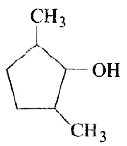 B
B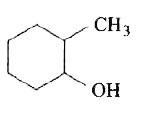 C
C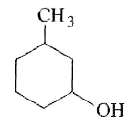 D
D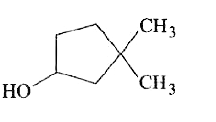
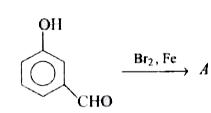 A, A can be : A
A, A can be : A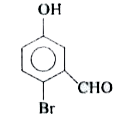 B
B C
C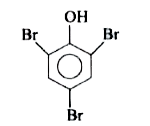 Dno reaction
Dno reaction A, A can be : A
A, A can be : A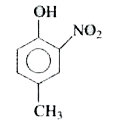 B
B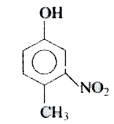 C
C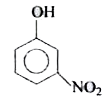 Dno reaction
Dno reaction

 can be differentiated by
can be differentiated by 
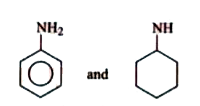 Can be differentiated by :
Can be differentiated by : 